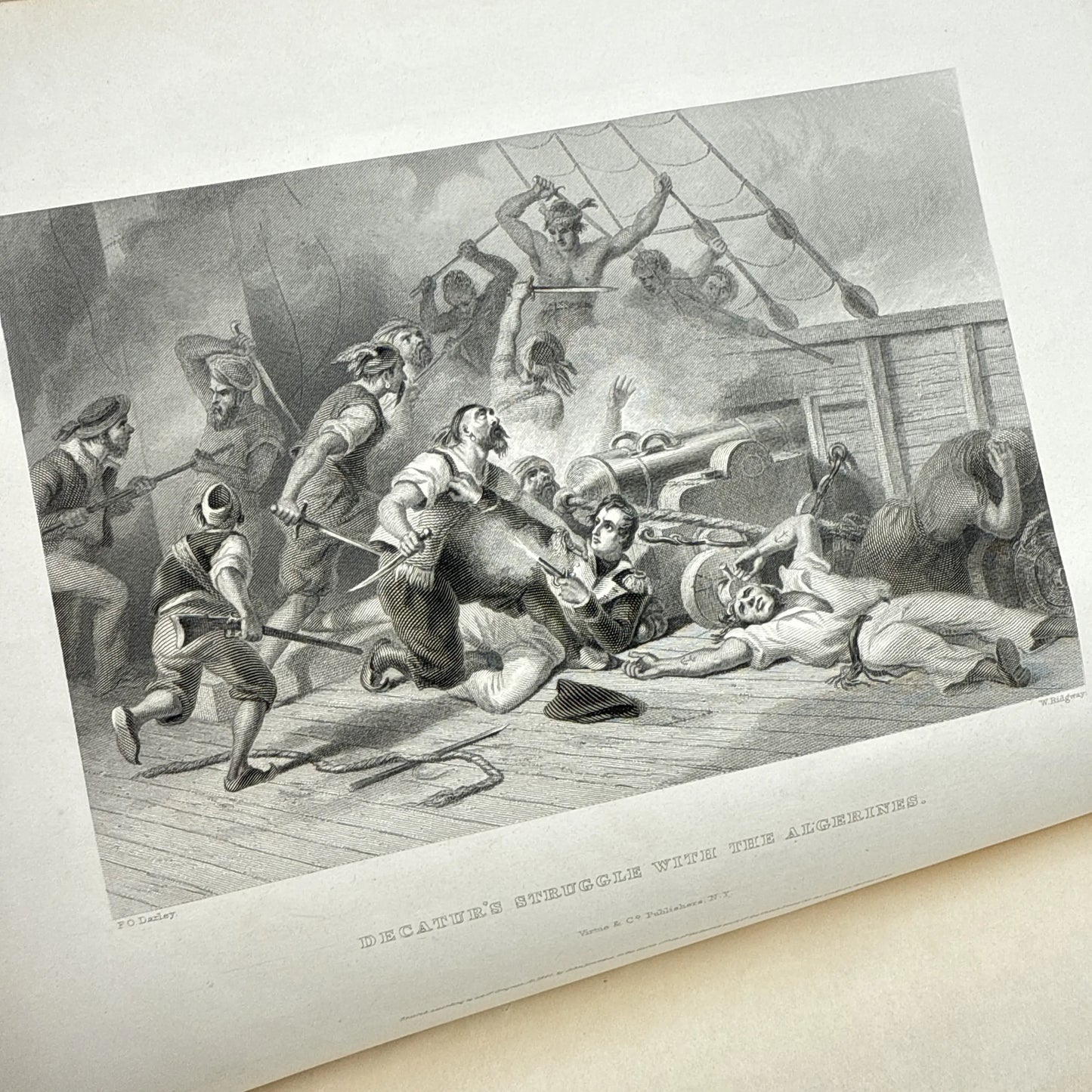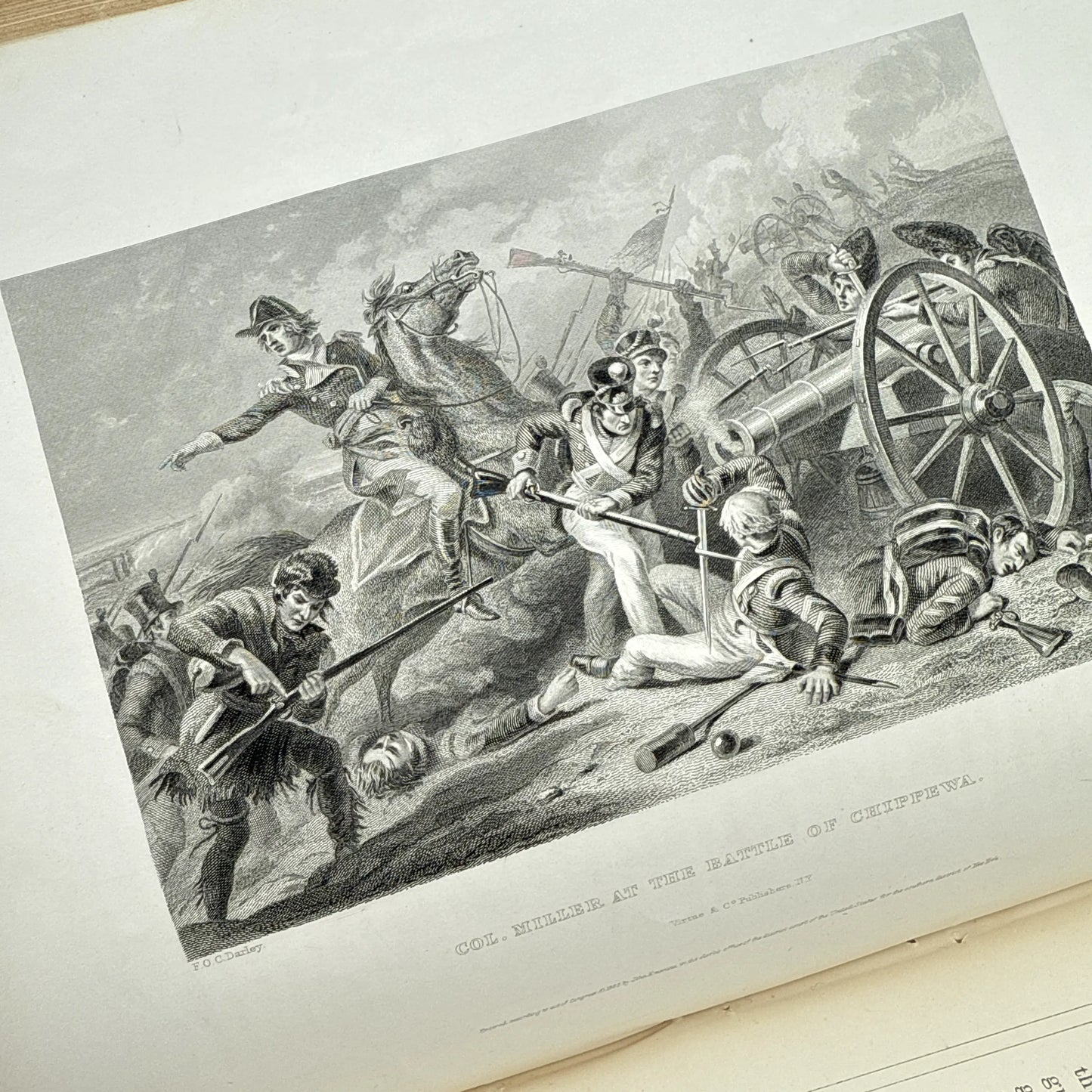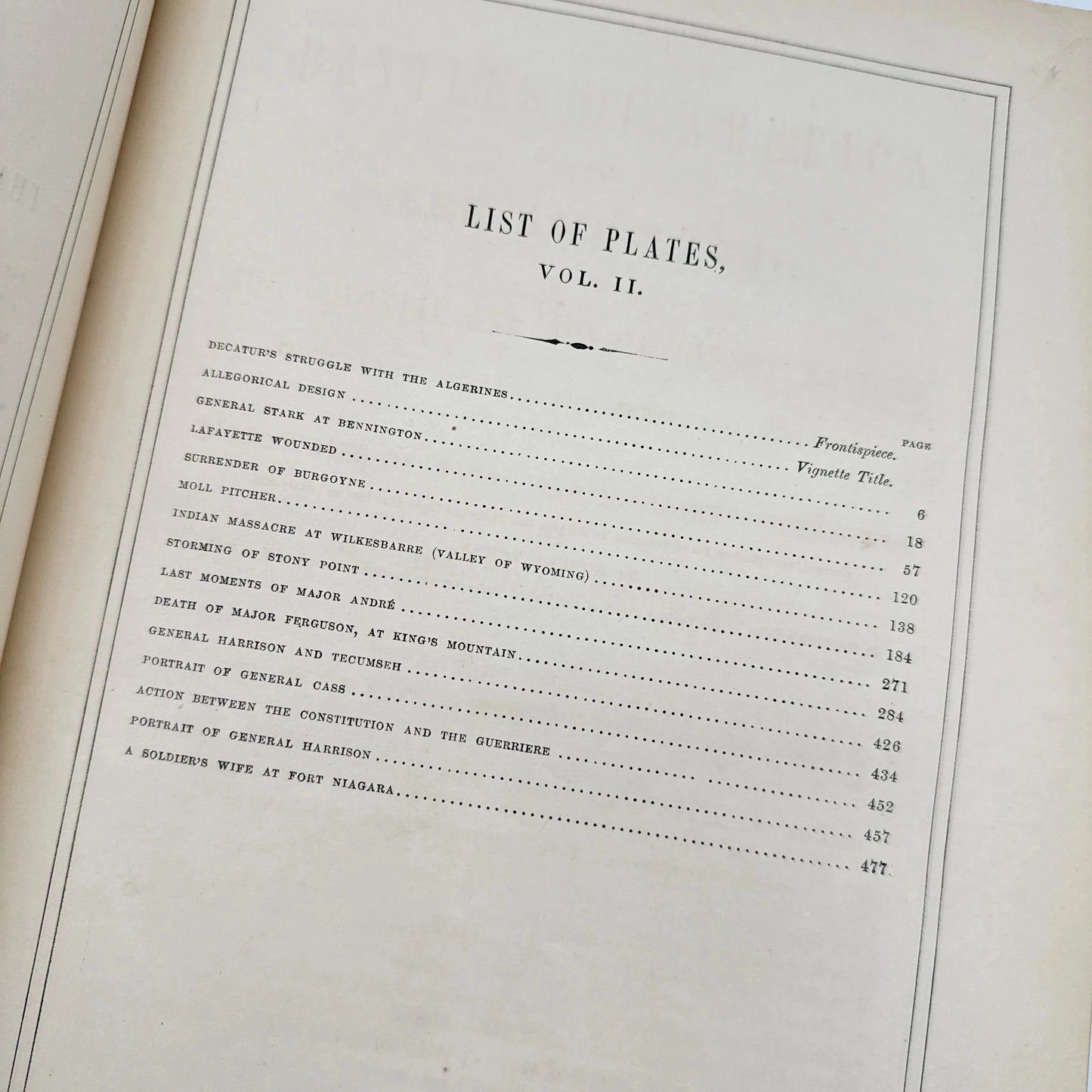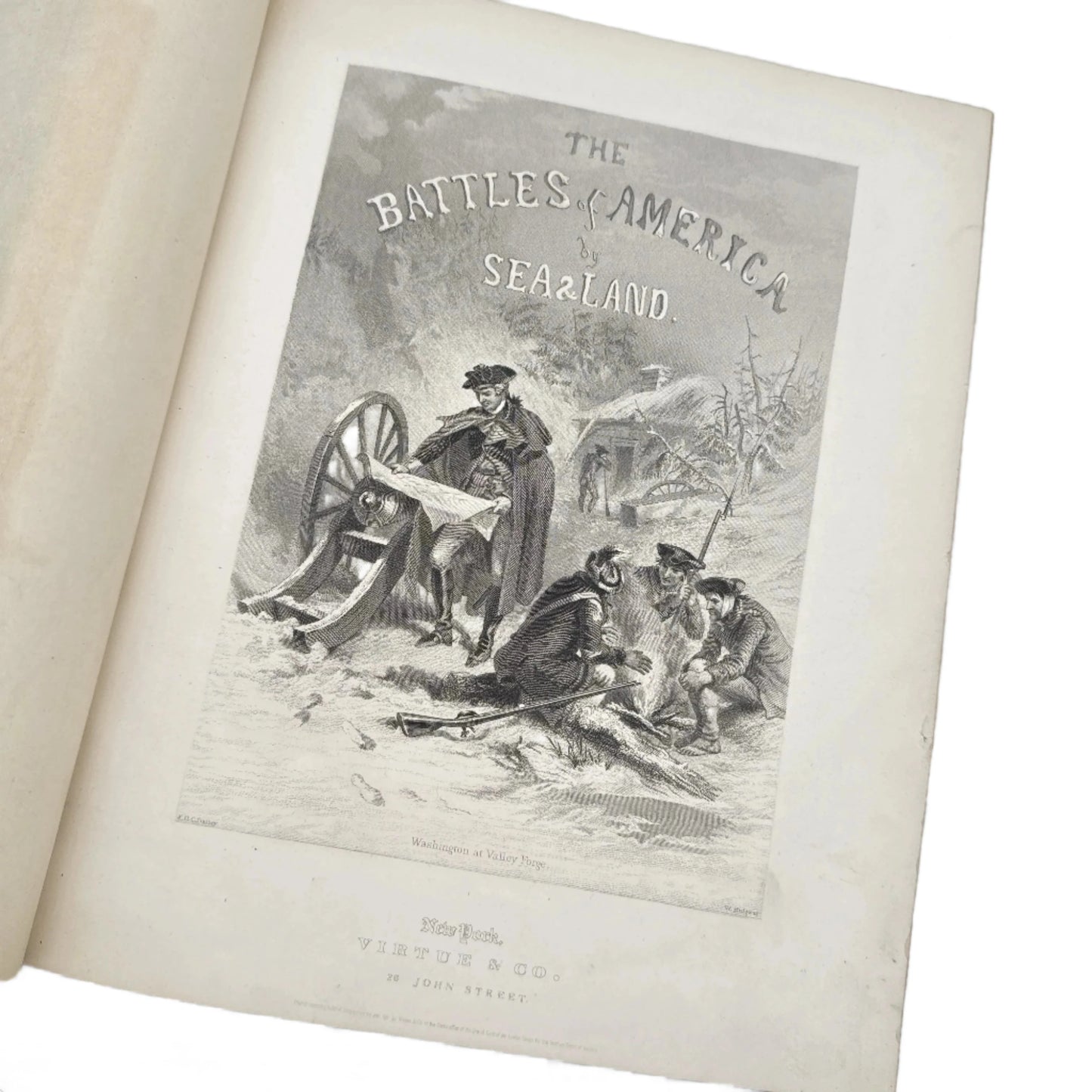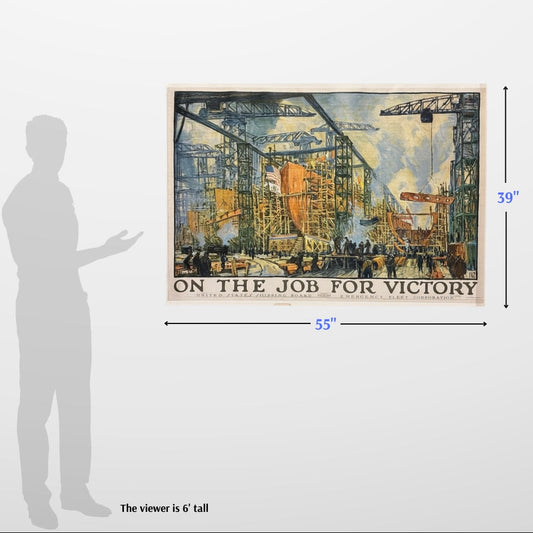1861 "Battles of America by Sea and Land New York" by Robert Tomes — Three volume set
1861 "Battles of America by Sea and Land New York" by Robert Tomes — Three volume set
Updated on November 29: This book has been sold.
Battles of America by Sea and Land Consisting of the Colonial and Revolutionary Battles, The War of 1812, and the Mexican Campaigns; with biographies of Naval and Military Commanders and Illustrative Anecdotes, by Robert Tomes, Joint editor of Commodore Perry's "Expedition to Japan" etc.
Illustrated by a series of steel engravings of Naval and Military incidents and battle scenes, chiefly from original designs by F.O.C. Darley, Alonzo Chappel, and other imminent artists.
In good condition, with the plates in excellent condition.
Published by Patterson & Neilson in New York. 1861. Three volumes.
A masterful and comprehensive visual chronicle of American military history from the Colonial era through the Civil War.
Illustrated with 79 full-page steel engravings, capturing naval and military scenes, detailed maps, and portraits of key commanders.
The extraordinary artwork, created by renowned artists F.O.C. Darley and Alonzo Chappel, transforms this historical account into a stunning visual narrative that brings pivotal moments of American military history to life.
The volumes also include detailed biographies of important naval and military leaders, providing readers with an in-depth understanding of the strategic and personal dimensions of these transformative periods.
Note: A quick Google search indicates that the man who owned the books was the president of the "well-known firm of John W. Masury & Son, large paint manufacturers of Brooklyn . . .", according to an obituary in The New York Times.
The blog The Tide of Moriches has this longer bio:
"Masury was born John Wesley Masury on Jan. 1, 1820 in Salem, Mass. At an early age, Masury was placed under the tutelage of James S. Gerrish, one of the more renowned educators at that time. Young Masury’s abilities impressed the instructor so much that, upon parting, Gerrish handed him a letter of recommendation stating, “This may certify that the bearer, John W. Masury, has been under my tuition more than three years. He is a lad of a high order of talents, strict honesty, integrity, and uniformity. He carries with him the best wishes of his friend and instructor.”
"At 22 years of age, the young John W. departed Salem and set out for New York, his destination: Brooklyn. At the time of the 1840 U.S. Census, the population of Brooklyn was 36,233 while New York City was 312,710. Masury’s hometown of Salem with its population of just 15,082, was a world away.
"Shortly after settling in Brooklyn, Masury accepted a clerkship in the paint store of John D. Prince, who at that time was one of the few manufacturers of paint in the growing city. Paint making, in these early days, was a rather cumbersome affair. Colors were ground to a powder and mixed with whale or linseed oil to form paint. The process, which required specialized skills and tools, was slow and expensive, and was in need of fresh ideas.
"After working for Prince in this manner for some time, young Masury saw an opportunity to revolutionize the industry. Masury proposed the establishment of a factory, where ground paint colors could be mass produced. The firm of John D. Prince & Co. was founded and Masury’s career as a paint magnate had begun. The decades ahead saw the coming and going of several partners, but Masury remained endlessly devoted to the industry of paint manufacturing.
"The knack for book learning first demonstrated under the instruction of Gerrish served Masury well. While his days were spent managing his burgeoning factories, Masury’s nights were spent deeply engaged in study. Masury published his first book, “A Popular Treatise on the Art of Housepainting” in 1868, and followed it with several more.
"His inquisitive and imaginative nature led Masury to patent several important inventions, including a mill for the grinding of paints and the first easily removable top for a paint can. These two inventions in particular are often cited as major breakthroughs in the mass production of paint.
"By the late 1870s, Masury had been working in the paint industry for over three decades. He had built sprawling factories, patented revolutionary inventions, and accumulated a respectable fortune. Like many successful New Yorkers of that era, Masury visited Long Island on hunting and fishing trips, and apparently, he liked what he found.
"By the 1890s, with Beaurivage perfected, hotels thriving, and new estates emerging every day, wealthy New Yorkers began pouring off of the Long Island Rail Road and onto Eastern Long Island, many hoping to catch a glimpse of John W. Masury’s latest discovery: Center Moriches.
"John W. Masury died on May 14, 1895 at the age of 75, with a net worth valued at $8 million (over $200 million today). Though the ensuing decades would see the decline and subdivision of Beaurivage, Masury left an indelible mark on Center Moriches, and remains one of the most interesting residents in this town’s history."
Source: The Tide of Moriches
Shipping: $20. Please allow two weeks for shipping.
Made by America
Made by America
Almost all of the new products we offer are designed by us and made in America and most of our Rare Finds were made in America.
Our original designs are based on our nation’s history and our love of American history. Read more about other things we've created, including The History List, History Camp, and The Pursuit of History, in addition to The History List Store.
Every product that is made in America states that in the product description and includes the "Made in U.S.A." graphic.

